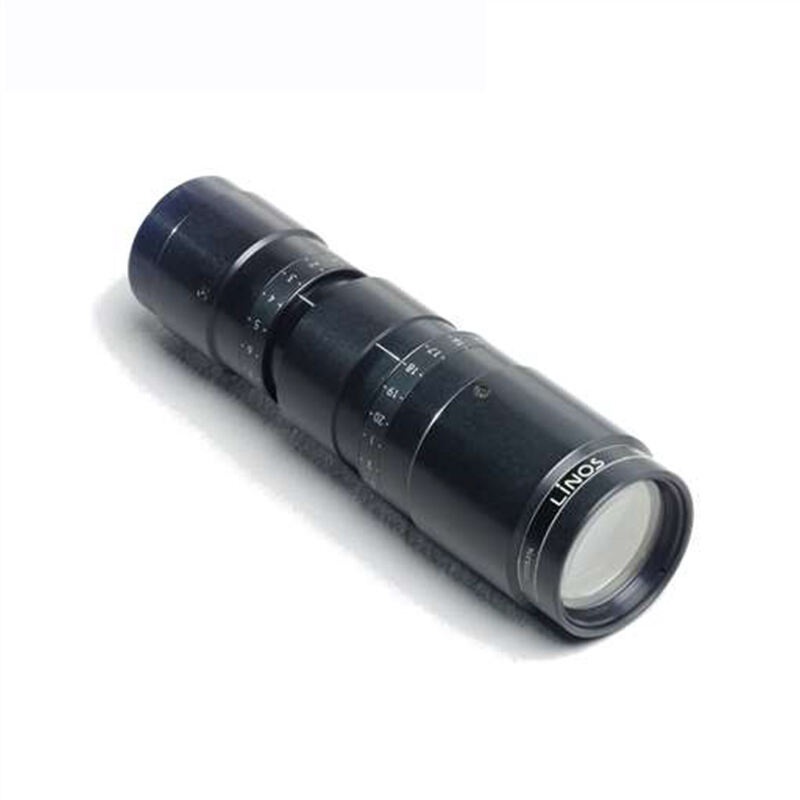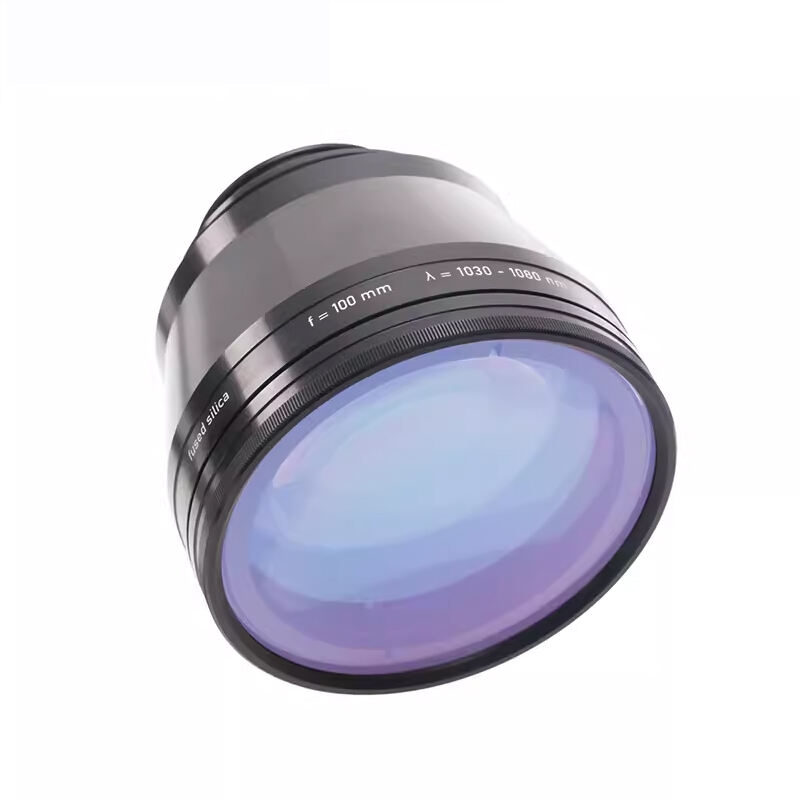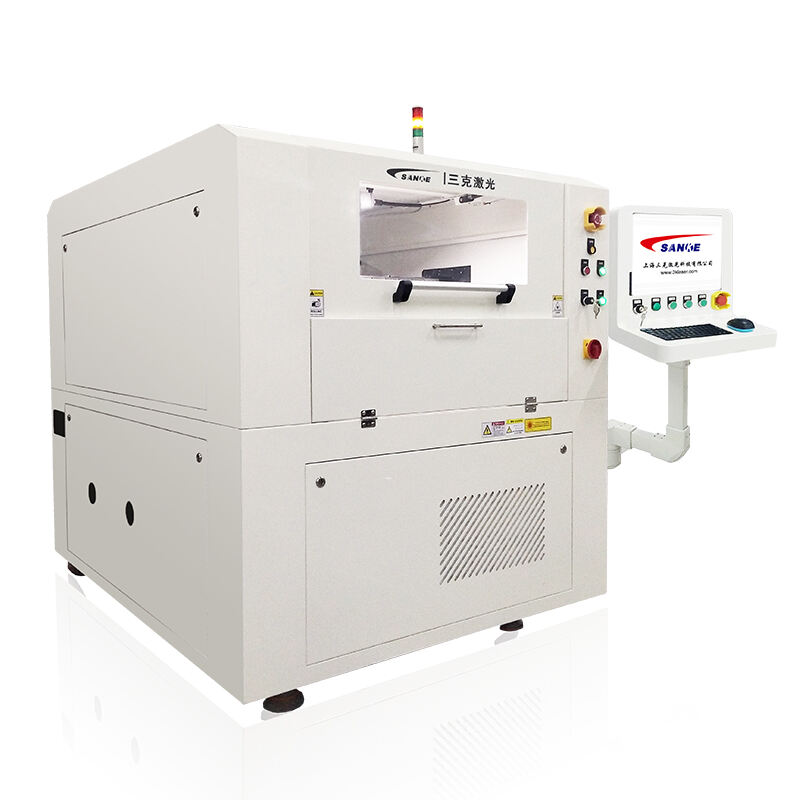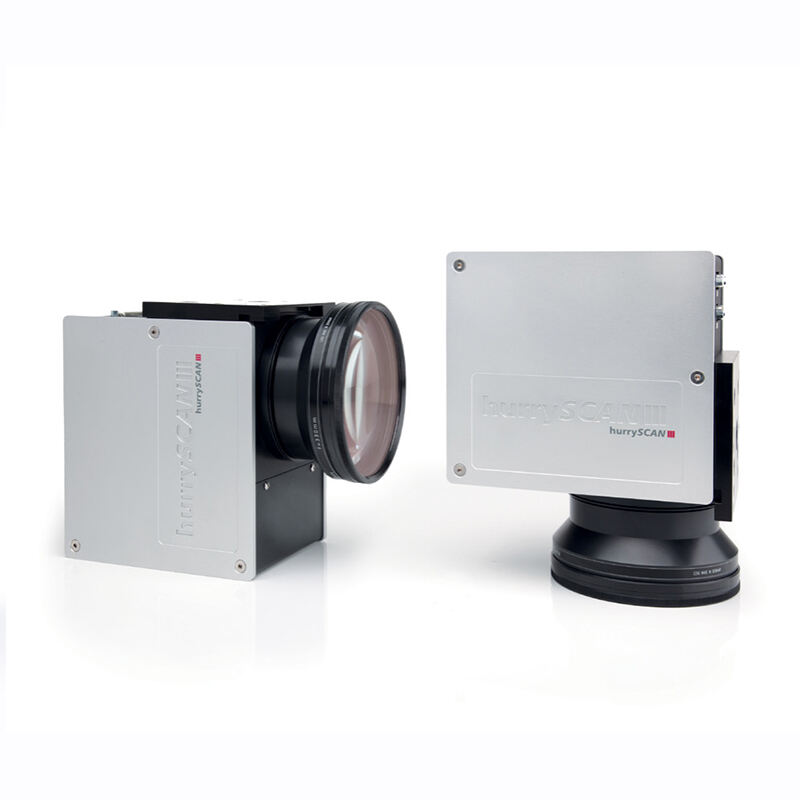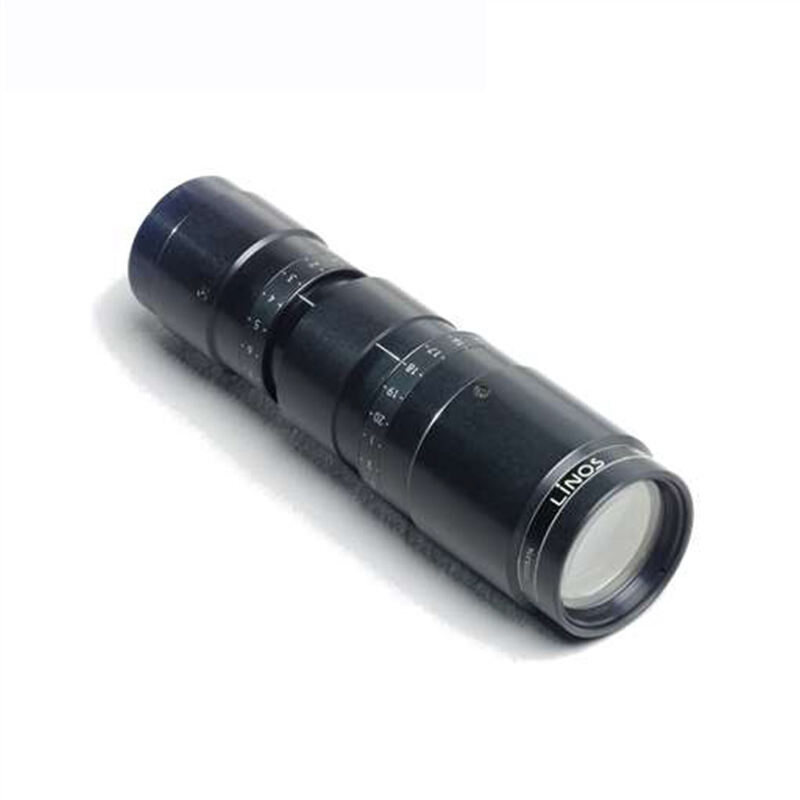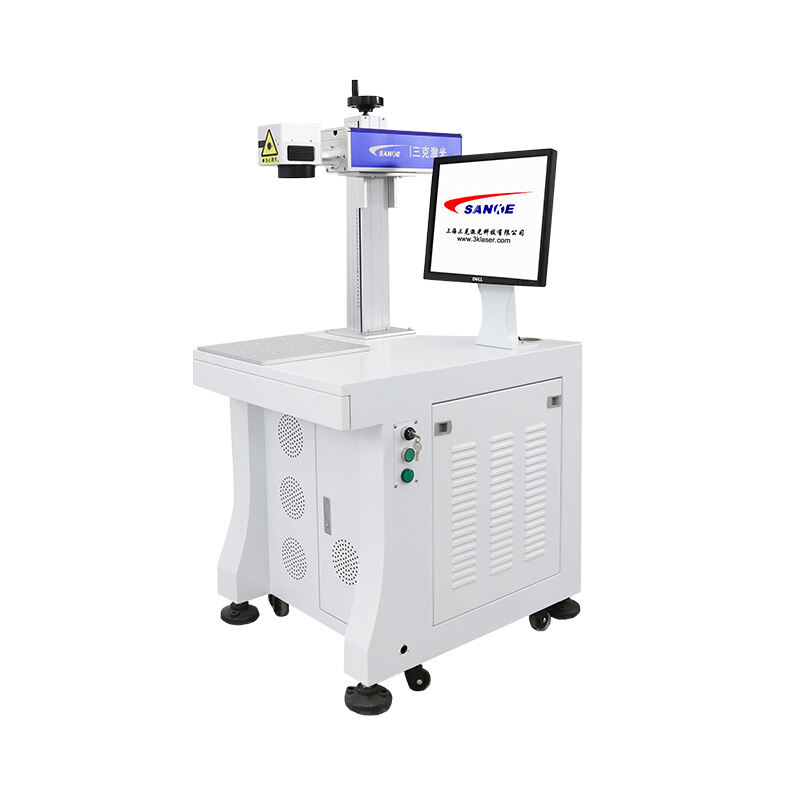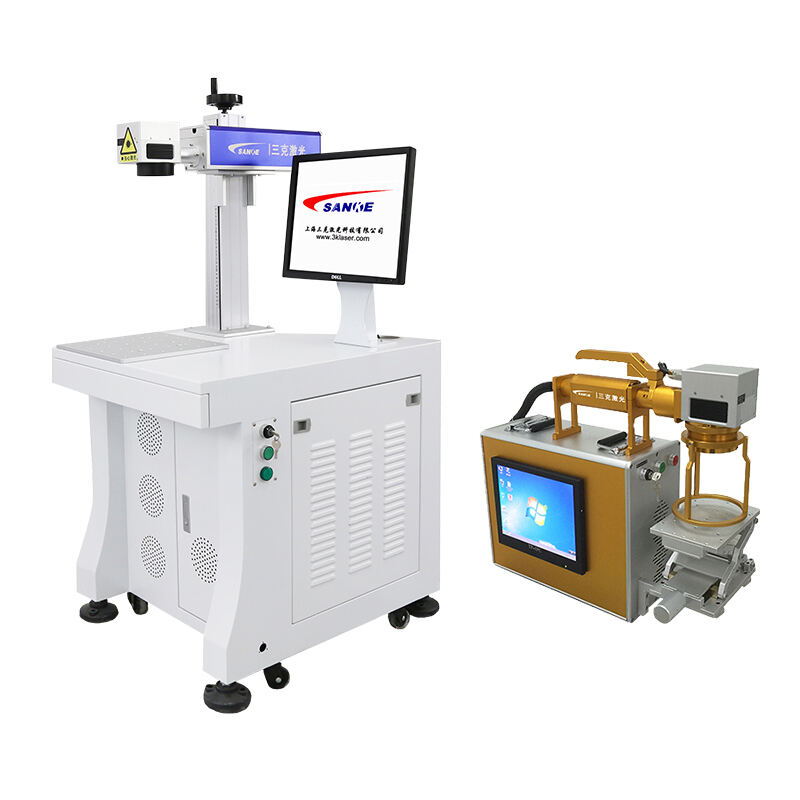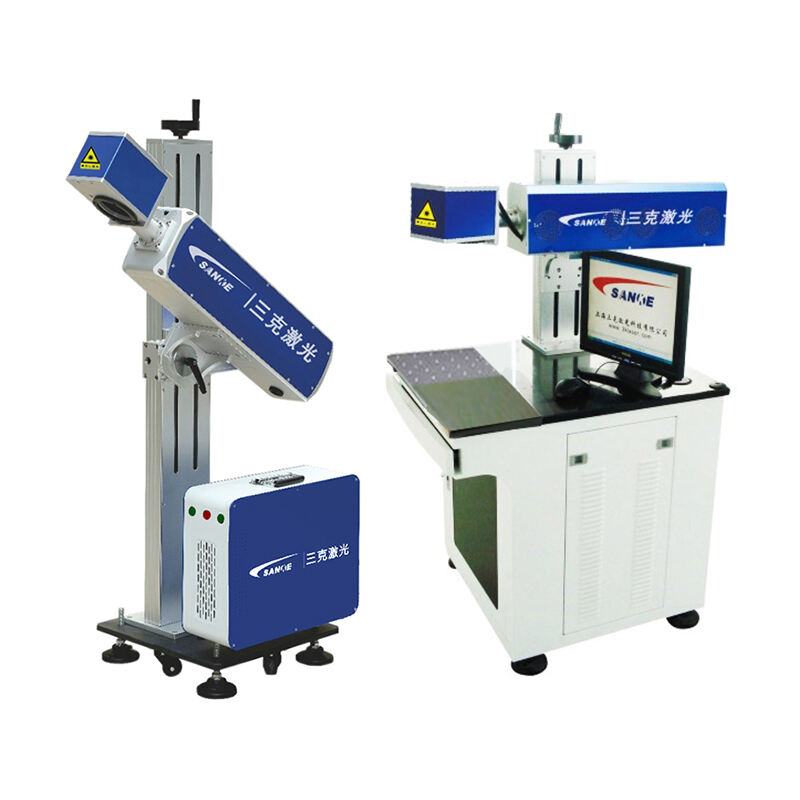Exceptional Material Versatility and Processing Capabilities
The laser engraving etching machine demonstrates remarkable versatility by processing an extensive range of materials with optimal results, making it an invaluable asset for diverse manufacturing and customization applications. This adaptability stems from adjustable laser parameters including power, speed, frequency, and pulse duration that can be optimized for each specific material type and processing requirement. Metal processing capabilities encompass stainless steel, aluminum, titanium, brass, copper, and various alloys, enabling applications in automotive, aerospace, medical, and industrial sectors. The laser engraving etching machine excels at processing non-metallic materials including acrylic, wood, leather, fabric, rubber, and engineered plastics with clean, precise results. Glass and ceramic processing capabilities open opportunities in decorative arts, architectural applications, and specialized industrial components. The machine handles materials of varying thickness from thin films to substantial plates, accommodating diverse project requirements without equipment modifications. Multi-material processing allows the laser engraving etching machine to work on composite materials and layered assemblies, creating complex products with integrated features. Surface treatment options include engraving, etching, marking, cutting, and texturing, providing comprehensive processing capabilities within a single system. The non-contact processing method prevents material contamination and eliminates the risk of workpiece damage from mechanical clamping or tool pressure. Heat-affected zones remain minimal due to precise laser control, preserving material properties and preventing distortion in sensitive applications. The laser engraving etching machine processes materials in various forms including sheets, tubes, curved surfaces, and three-dimensional objects through advanced positioning systems. Chemical compatibility eliminates concerns about material reactions or contamination that might occur with alternative processing methods. The ability to process both organic and inorganic materials expands application possibilities across industries from electronics manufacturing to artistic endeavors, providing exceptional return on investment through diverse revenue streams.
 EN
EN
 AR
AR
 FR
FR
 DE
DE
 JA
JA
 KO
KO
 RU
RU
 ES
ES



